Grow Shallots – How To Plant
Growing shallots can be a rewarding experience for both beginner & expert gardeners alike. Shallots have a subtle onion flavor that is unmatched so it quickly becomes a favorite in the kitchen. Shallots have impressive storability making them an easy win for those of us who have a passion for growing our own food.
Different Types of Shallots
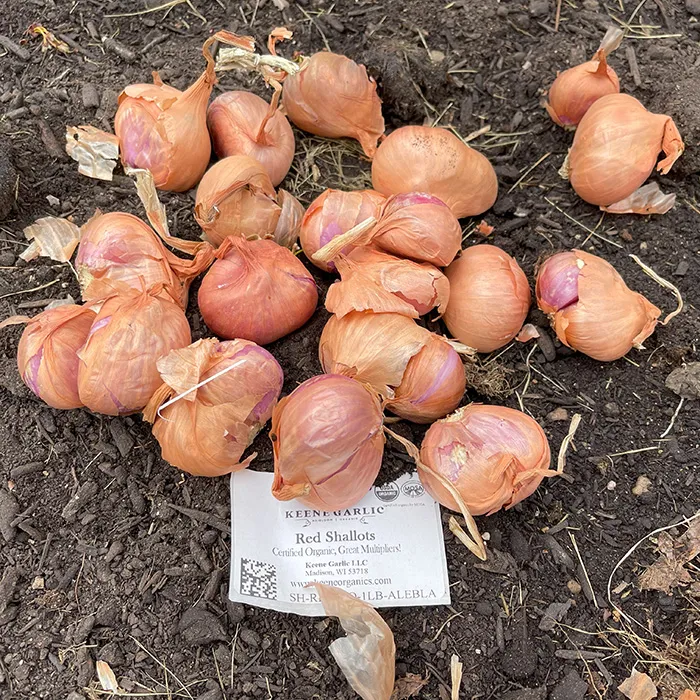
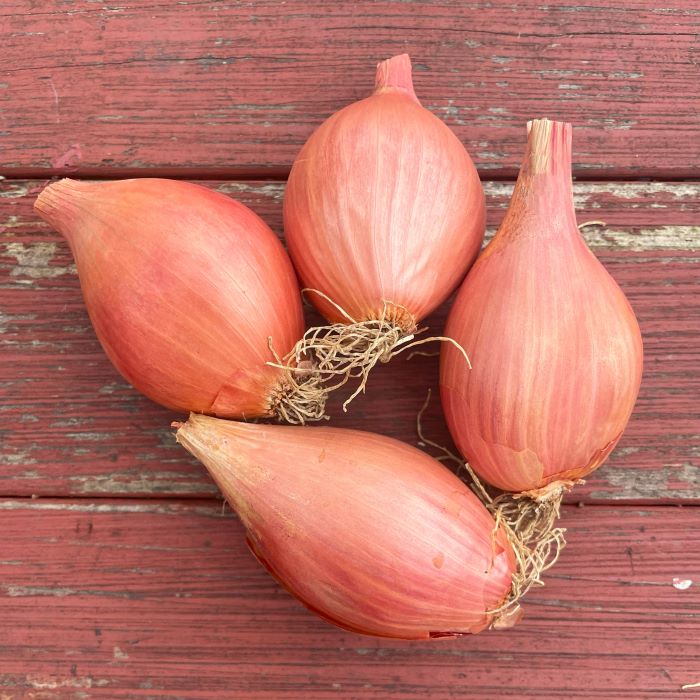
Here at Keene Garlic, we offer two types of shallots, both certified organic. Our Shallot Sets, or Bulbs, are pulled apart & planted whole, in spring or fall. This type of shallot is a multiplying shallot, one pound multiplying 2-5x at harvest.
In spring only, we offer Conservor Shallot Plants. These live seedlings will each grow into one single, elongated shallot. Both types of shallots have impressive storage capabilities & a mild, versatile flavor that chefs & foodies love.
General Shallot Growing Information:
- Planting Time: Plant in the fall or the spring.
- Sun Requirement: Shallots require full sun – the more the better! Therefore, avoid planting next to crops that might shade your shallots.
- Soil Fertility: Shallots are heavy feeders & need well-drained, fertile soil to thrive. It is recommended to amend soil with compost &/or fertilizer for optimal results.
- Shallot Set Details: Our Certified Organic Shallot Sets will arrive in a netted bag, labeled by variety. Unpack and store in a cool, dry place until it is time to plant. Available in spring & fall.
- CERTIFIED ORGANIC SHALLOT PLANTS – Our Certified Organic Shallot Plants are greenhouse-grown on small, family farms in Wisconsin. These live seedlings arrive in a container with soil, hardened off, and ready to plant. Our local organic growers prefer these shallot starts because they are easy-to-grow with high yields. Limited shipping windows for all Plants. Shallot Plants ship in April ONLY!
Shallot Planting Instructions:
Planting shallots could not be easier! Follow these simple steps to shallot success.
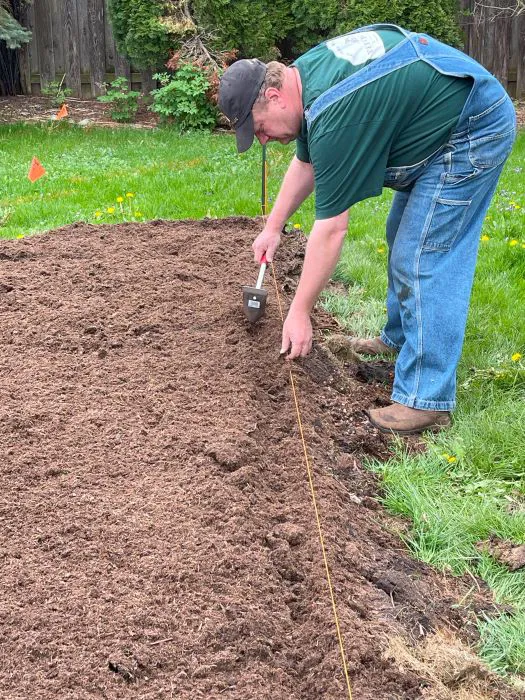
1. Prepare your soil. Break apart any shallot bulb clusters. Make a Furrow.
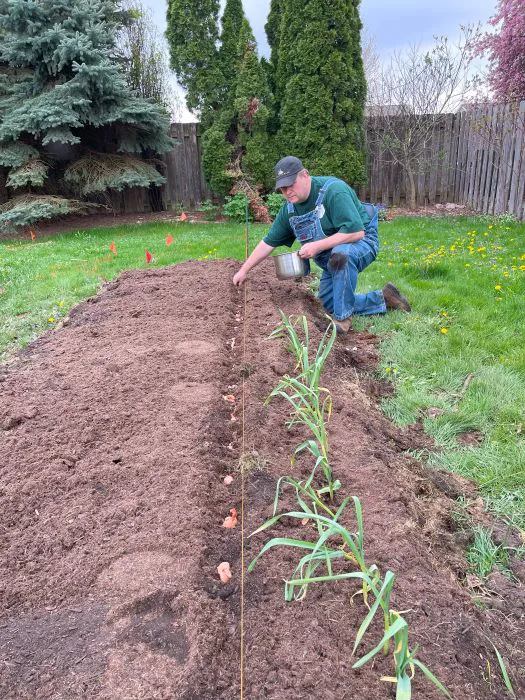
2. Plant shallots 4 to 6 inches apart, root side down. Rows should be 12 inches apart.
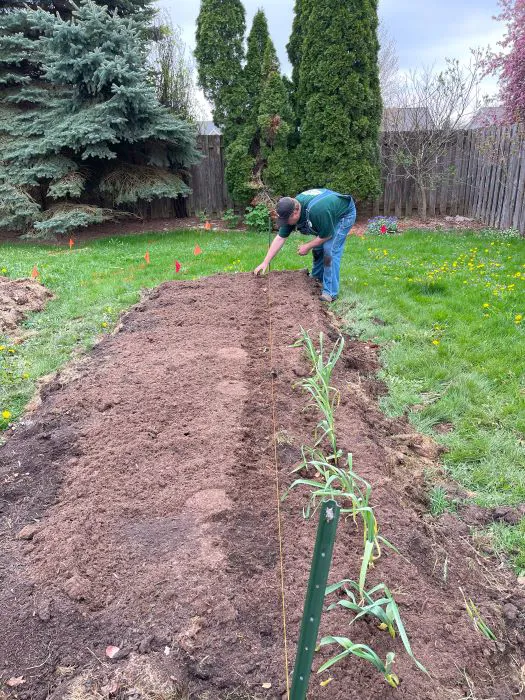
3. Cover the shallot bulbs with soil so the tops are just slightly visible.
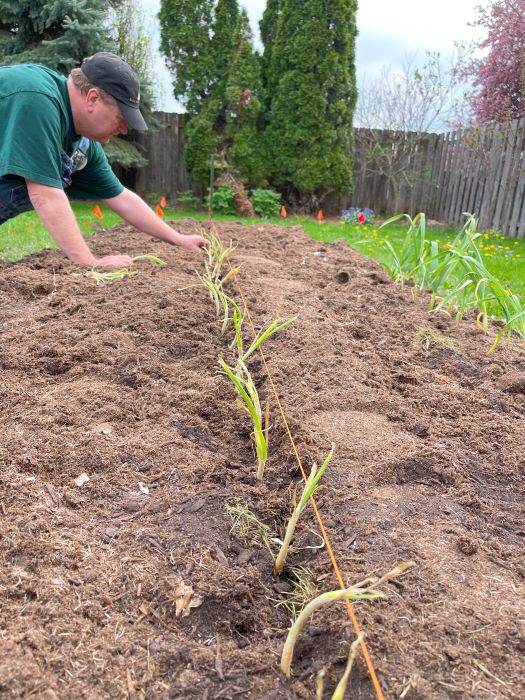
*For Shallot Plants: Plant root side down, Cover the bulb portion of the plant ~2 inches, leaving the green top exposed.
Mulching
- Fall: Shallots planted in the fall will need to be mulched 4-6 inches for winter protection, much like garlic.
- Spring: Shallots planted in the spring will also benefit from a light mulching. This protects them from temperature fluctuations & helps keep the soil moisture level more consistent.
- What to Use: Straw, grass clippings or chopped leaves; whatever mulch is readily available to you. Mulching helps keep the weeds down and adds organic matter to the soil as well.
Watering & Weeding
- Water thoroughly after planting to a level that is moist but not saturated.
- Keep water consistent throughout the season. Shallots like ~1 in. of water per week.
- Shallots do not compete well with weeds. Keep your shallot bed well weeded for optimal growth.
Fertilizing
- It is recommended that you add a specialty fertilizer such as Keene Garlic’s Garlic Fertilizer (made for all alliums!) or an All-Purpose Fertilizer to the soil at the time of planting.
- If planting in the fall, resume fertilizing with a spring application.
- Fertilize again in early July. Discontinue fertilizing at this time so the shallots put more energy into growing big bulbs.
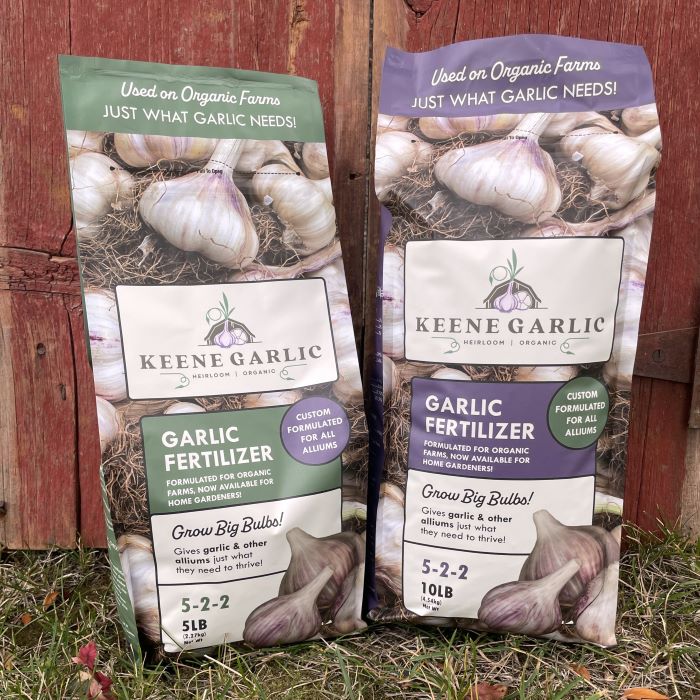
Harvesting
Your shallots are ready to harvest when you see the green tops begin to die back &/or fall over. They will need some time to cure in a dry, well-ventilated place to make them ready to store.
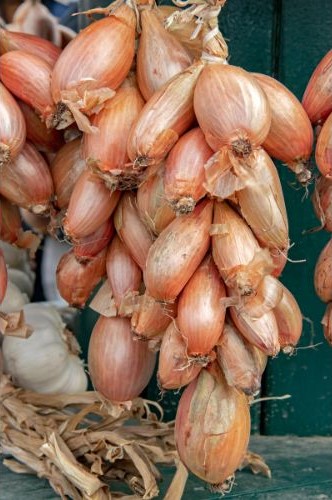
- Gently pull your shallots from the ground, taking care not to damage the bulbs.
- Brush off dirt & bring to a dry, shaded place with good ventilation.
- Cure shallots for 2-3 weeks until all green tops are dried & tops of shallots are closed up. This is a good time to braid your shallots, if desired.
- If you did not braid the shallots, simply trim the tops off at about 2 inches and store in a netted bag or crate with good air flow in a cool, dry place until needed.
- Shallots, when cured properly, have a fantastic storage life. Check on them occasionally and use up any that begin to soften.
Enjoy Your Shallots!
Here is one of our favorite simple ways to use shallots. Simply put all ingredients in a bowl and whisk. Alternatively, put ingredients in a small Mason jar & shake. Optional: Garnish with additional chopped shallots.
Classic Balsamic Vinaigrette
- 1-2 Shallots, minced
- 1/4 cup Olive Oil
- 1/4 cup Balsamic Vinegar
- 2 tsp. Dijon Mustard
- 1 tsp. Honey
- Sea Salt & Pepper to Taste
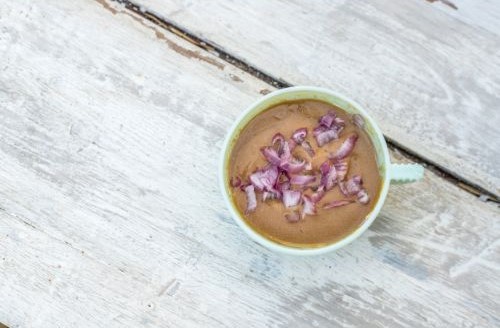
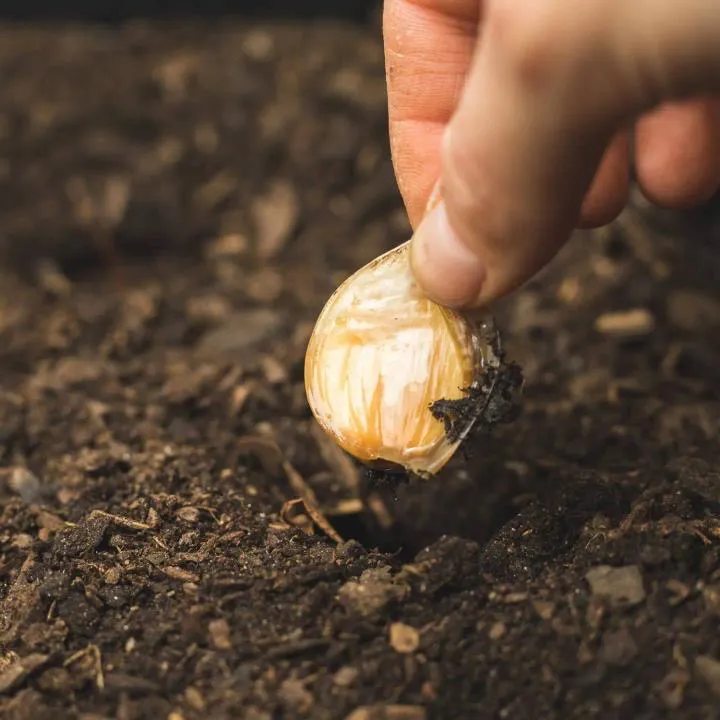
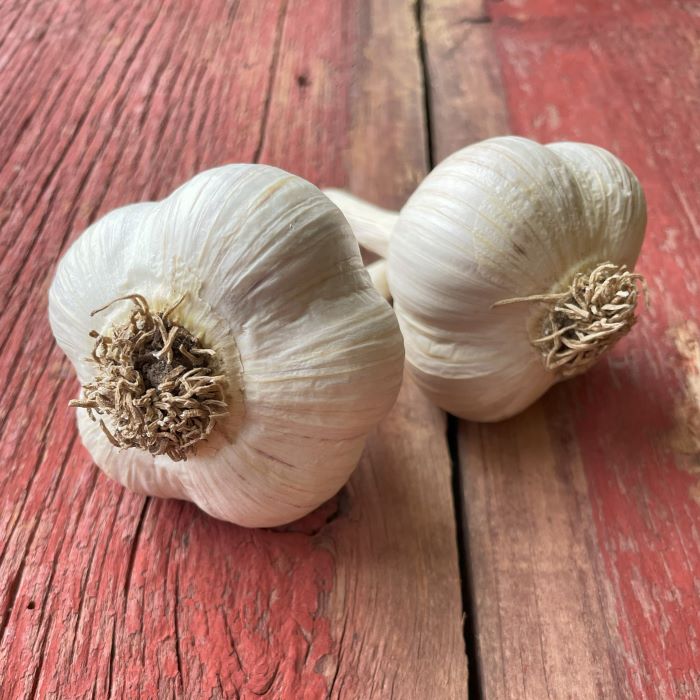
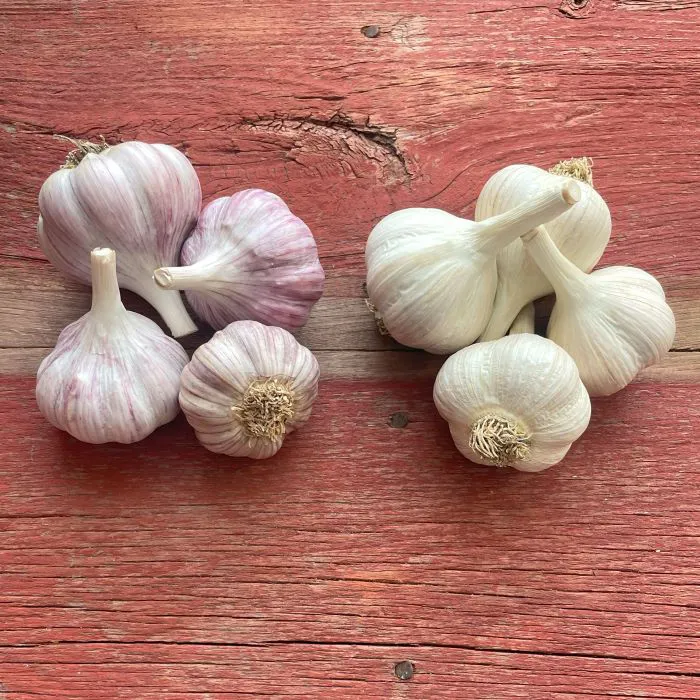
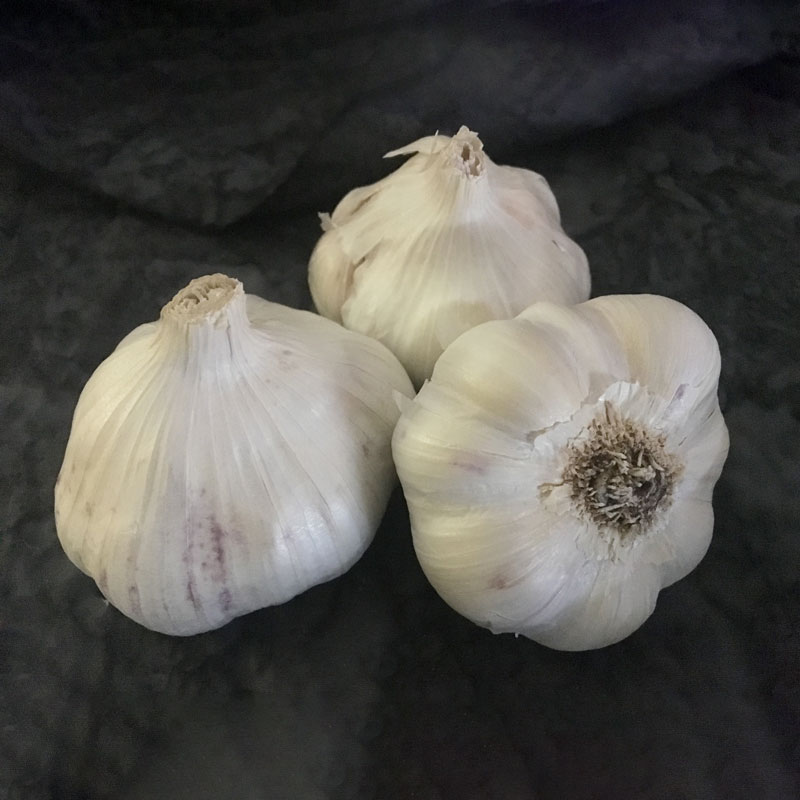
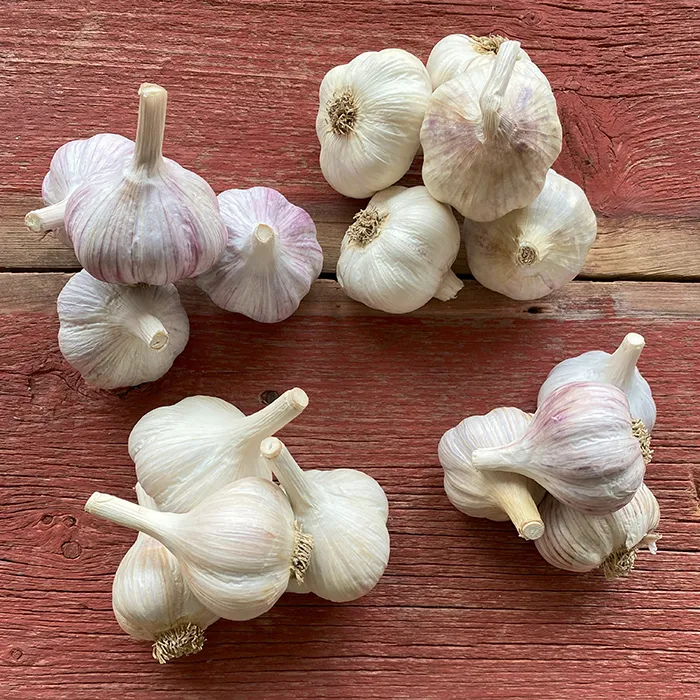
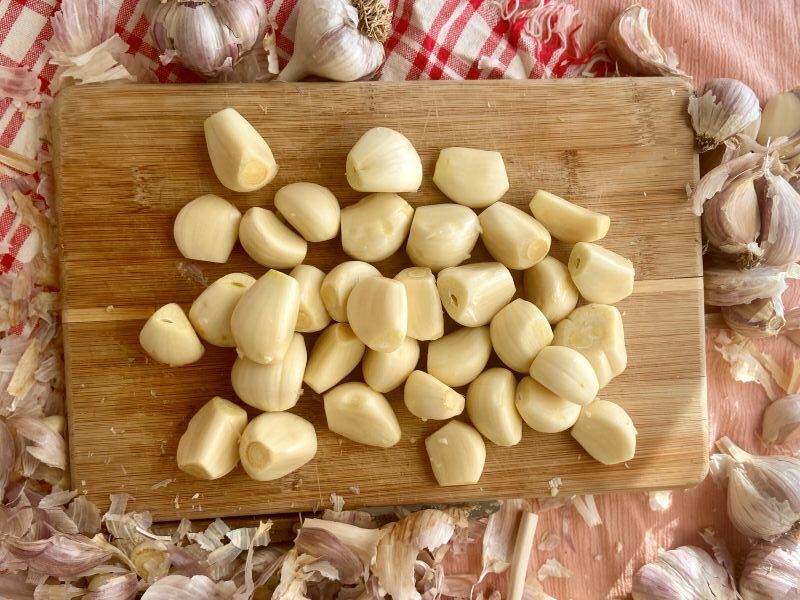
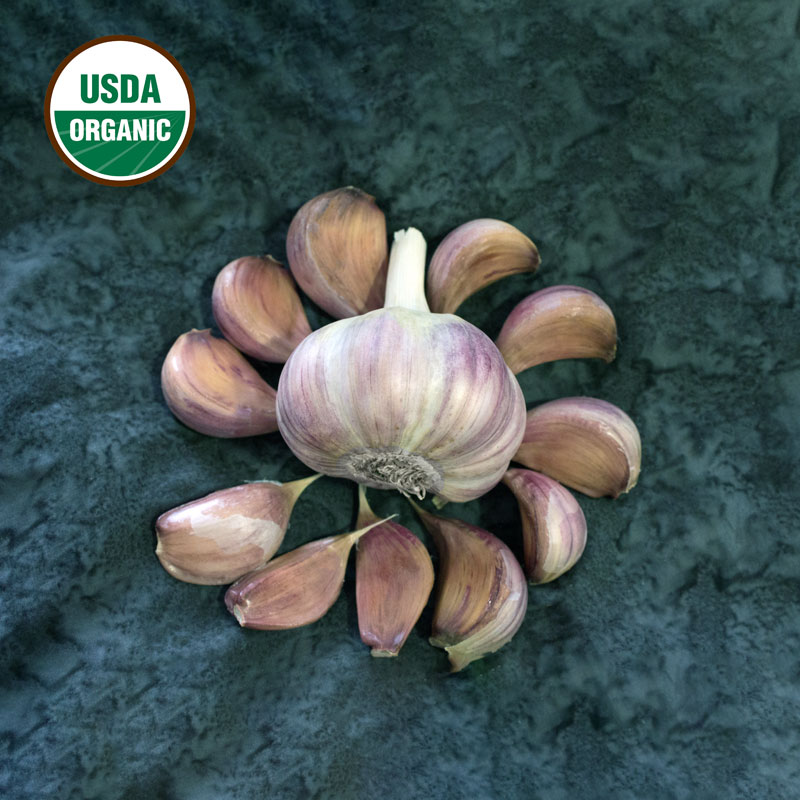
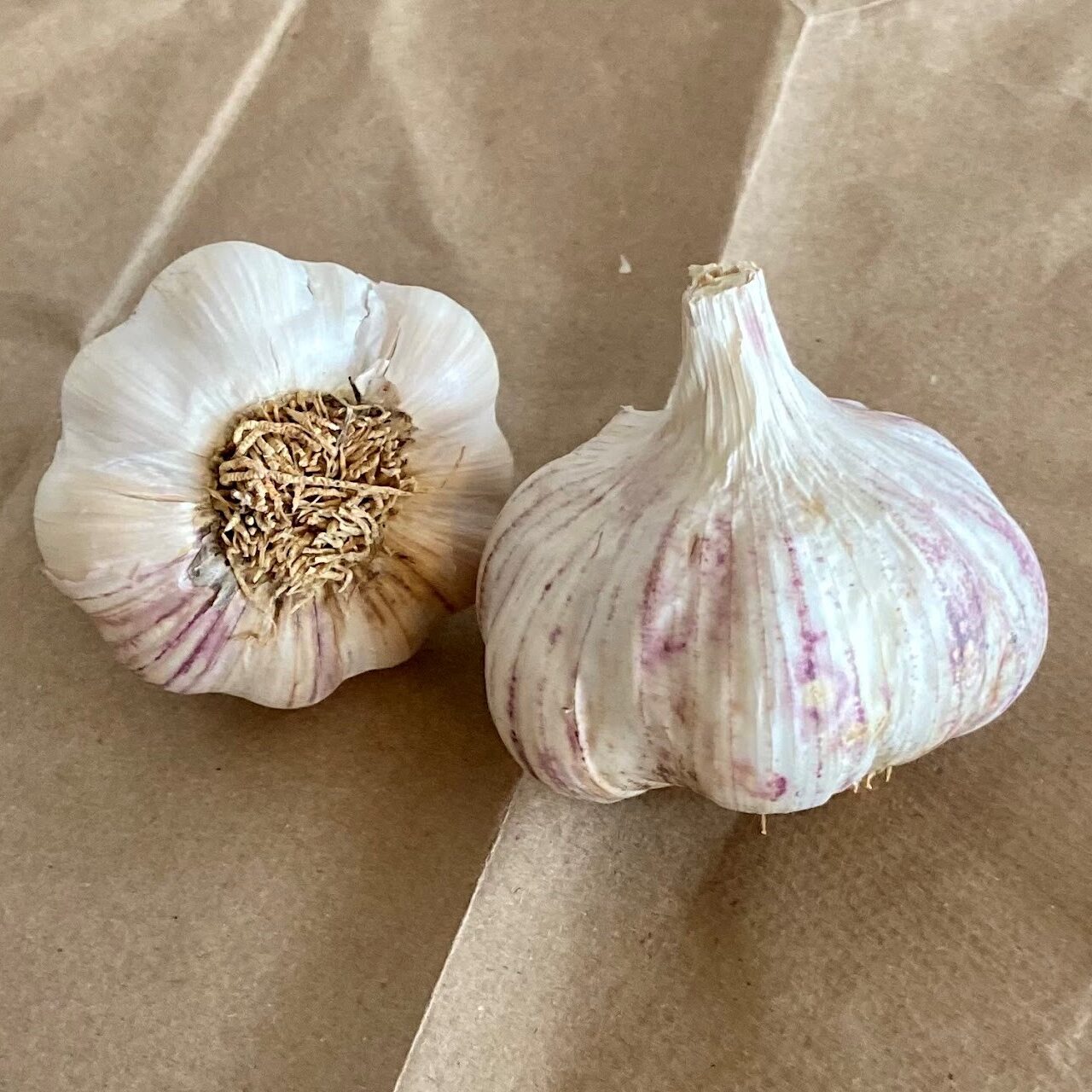
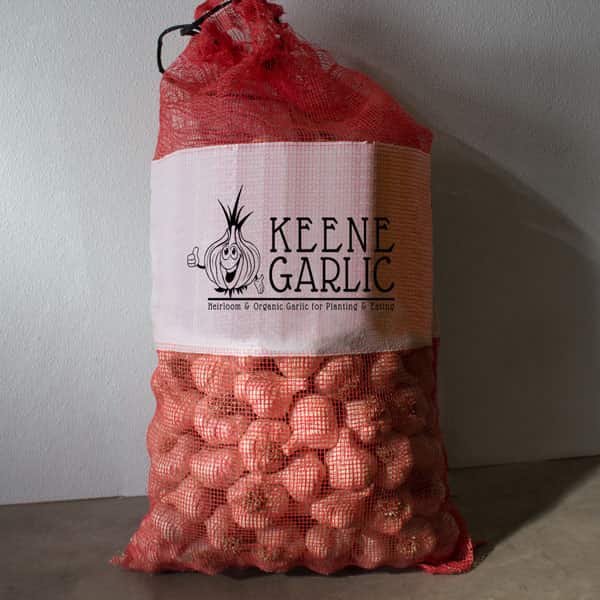
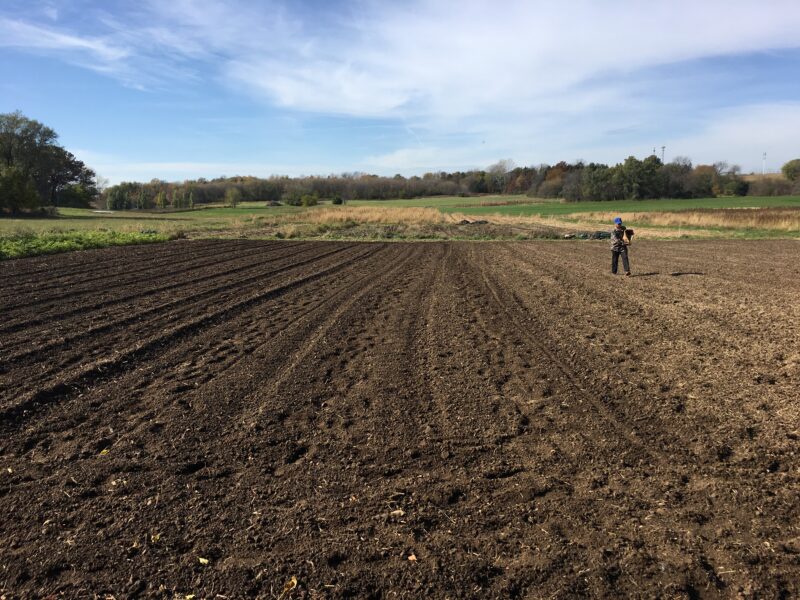
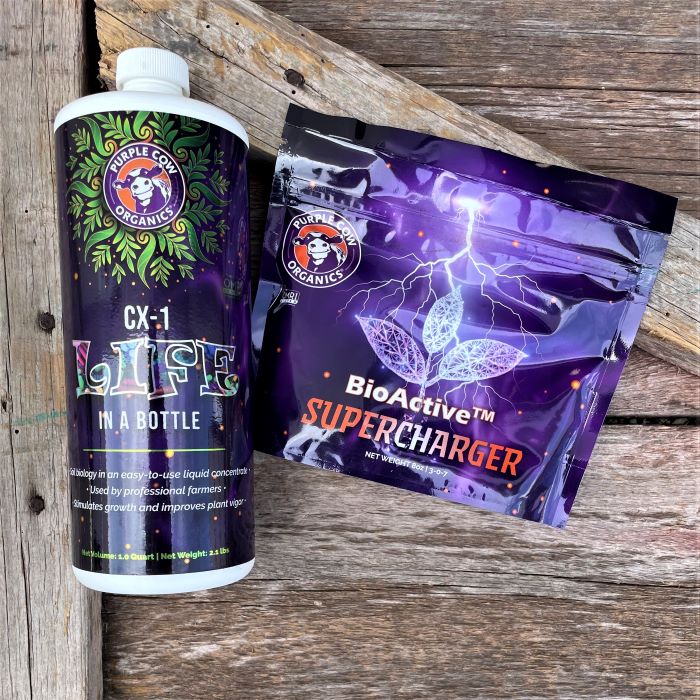




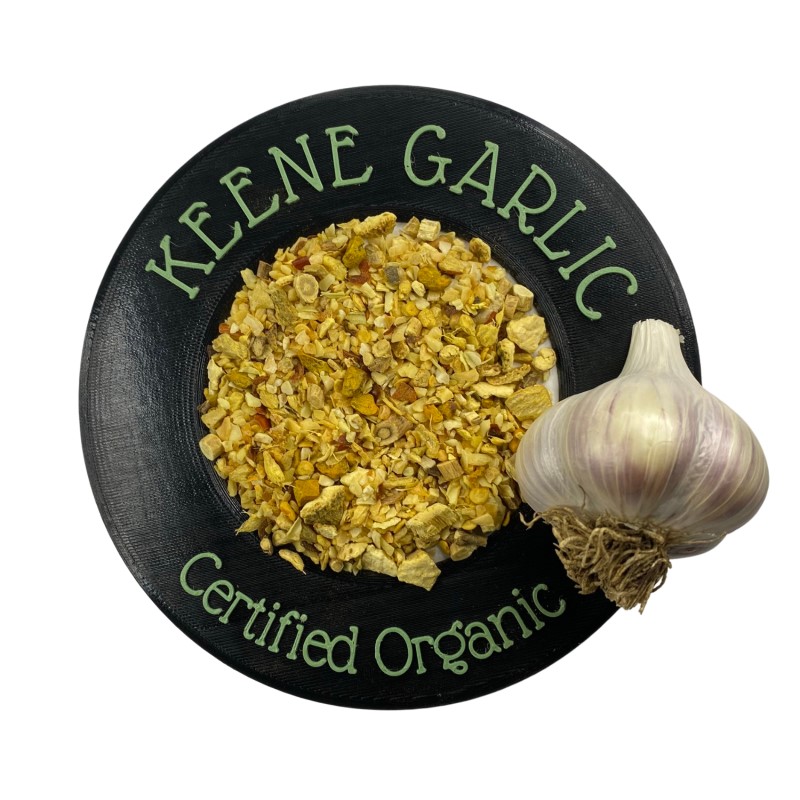
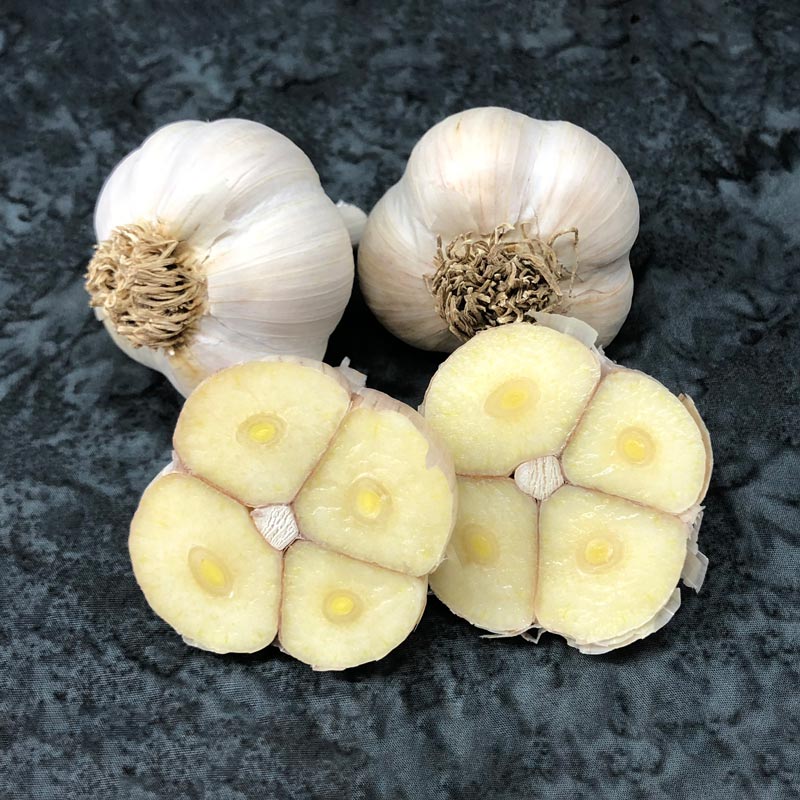
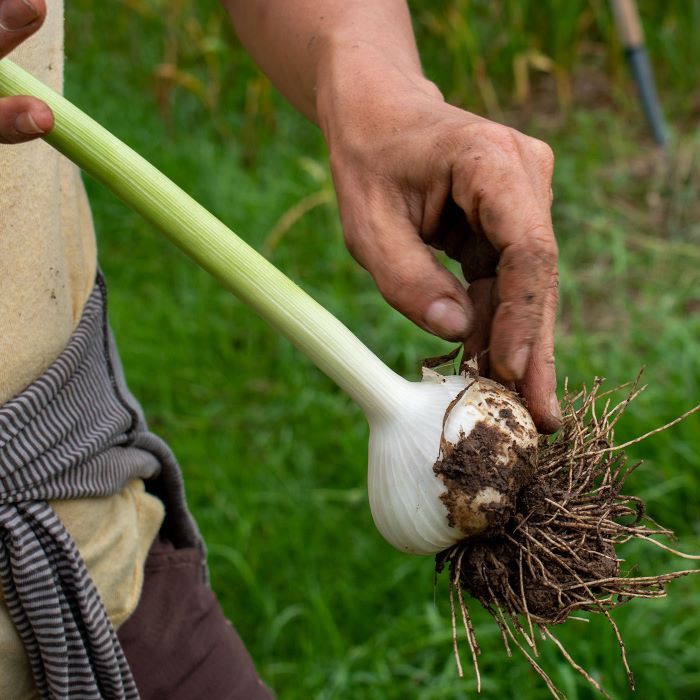
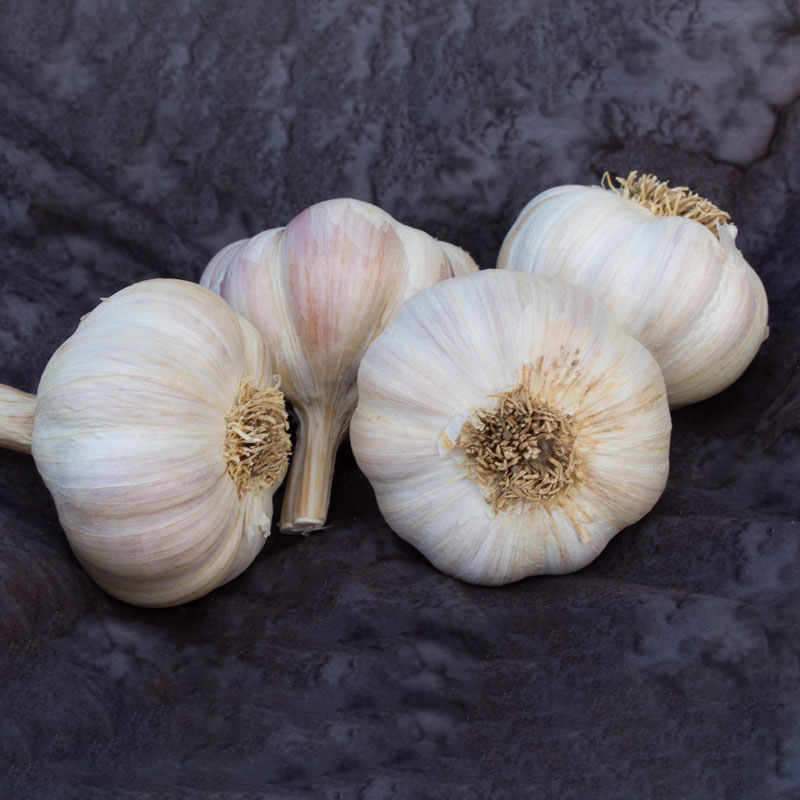
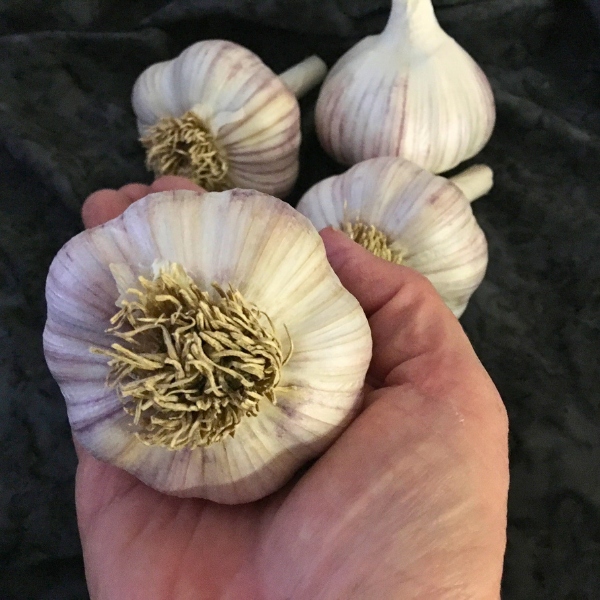
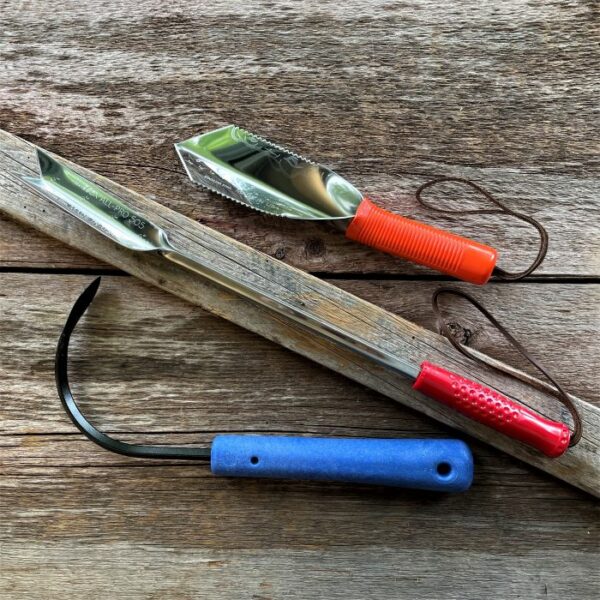
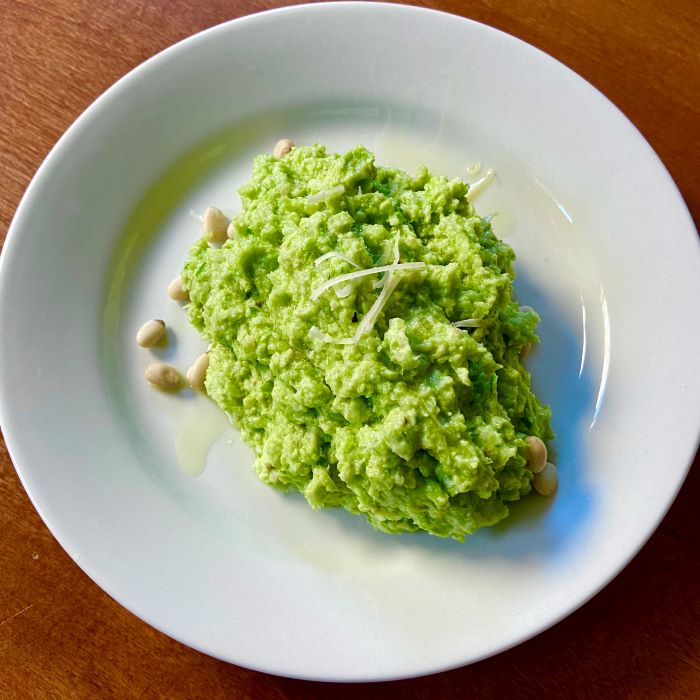
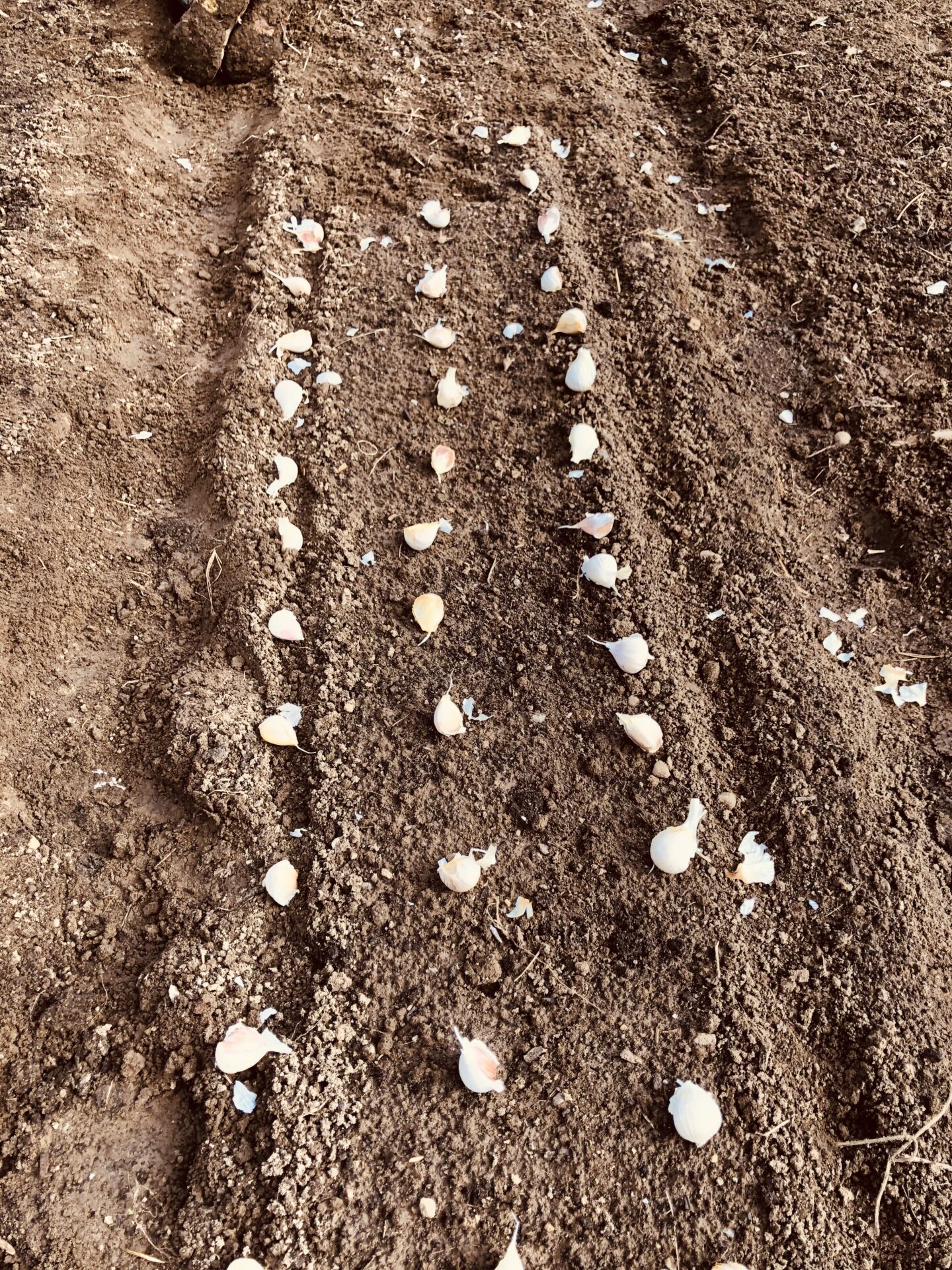
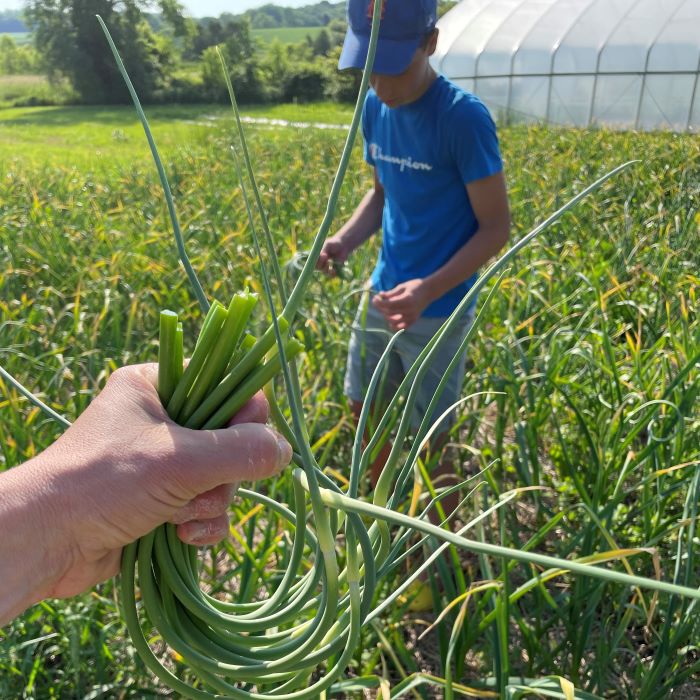
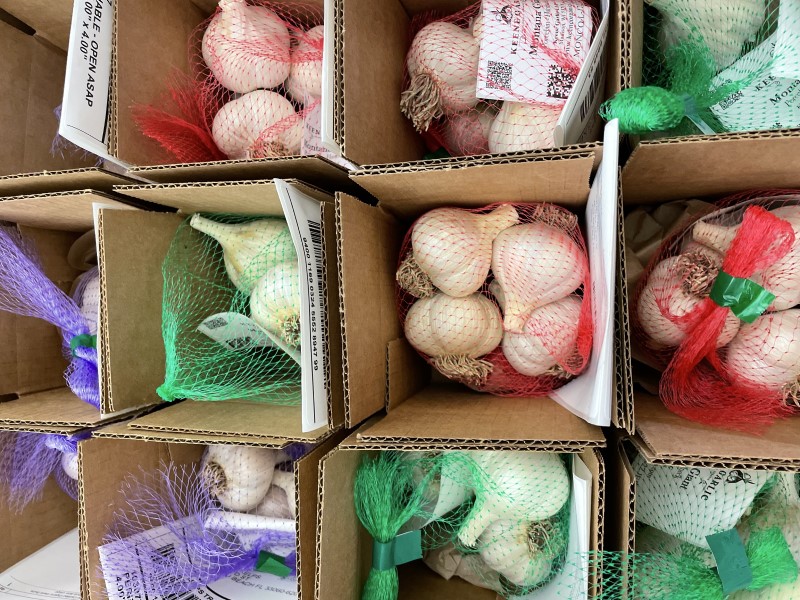
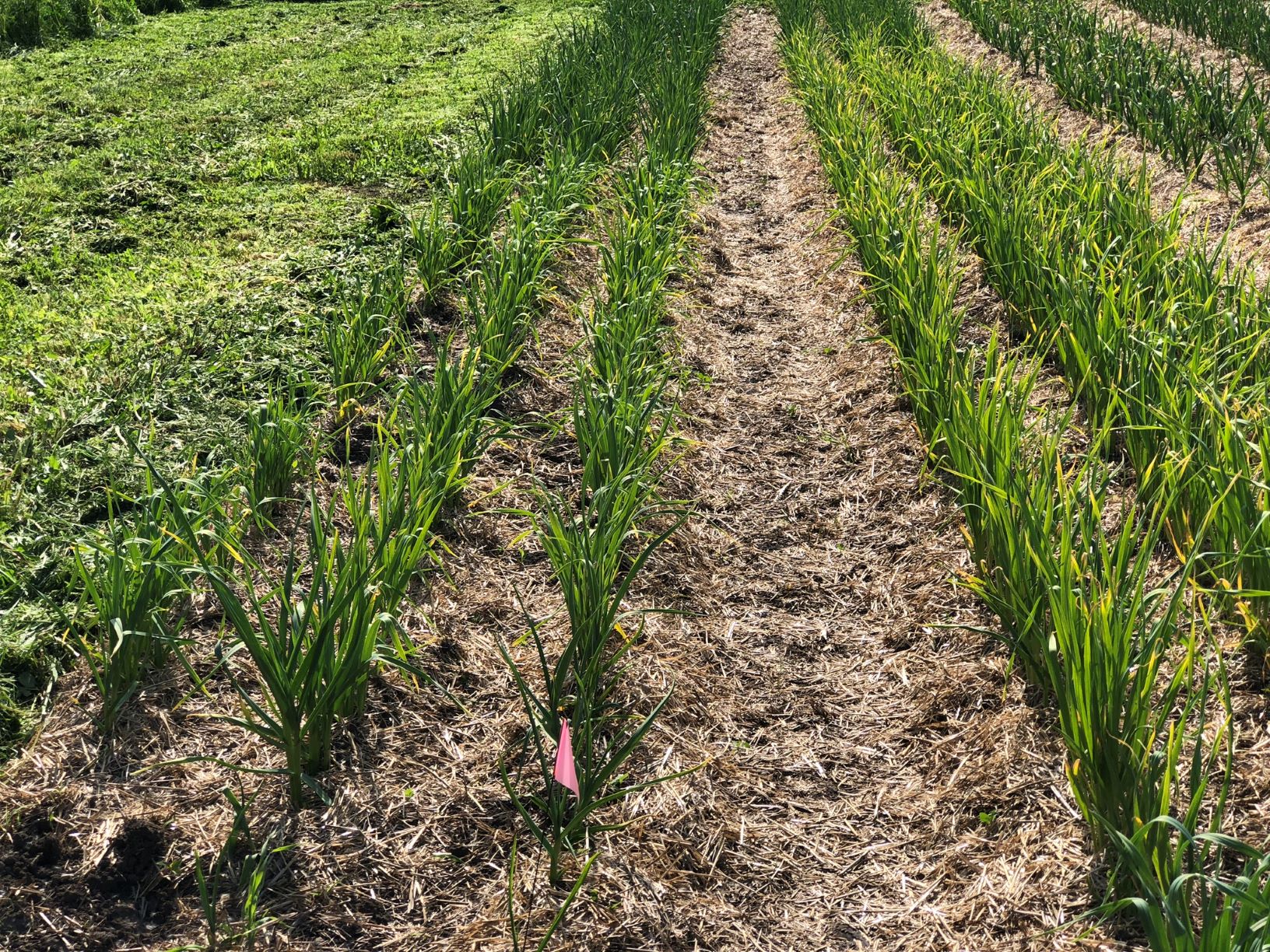

I planted shallots for the first time last Fall. I live in zone 5b (Chicago suburbs) and they are starting to flower. Do I cut them down like garlic scapes?
I too am in 5b – northern Pa and also a novice – my understanding is to cut those just like the scapes so the plants energy goes to developing the bulbs not the above ground growth. This is my first attempt at shallots -treat them much like the garlic plants. Good luck to both of us!